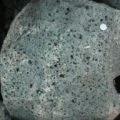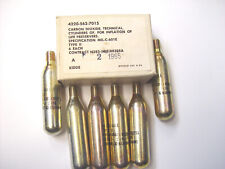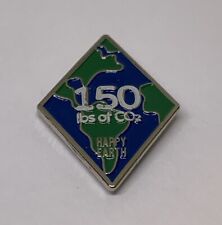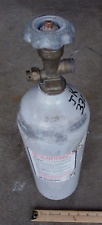
New research shows that oceanic acidity levels are rising due to an increase in atmospheric carbon dioxide, which may have major consequences for coral reefs, as they will likely erode faster than they can rebuild. This is the message that Dr. Christopher Langdon of the University of Miami is presenting in Honolulu at the American Geophysical Union’s 2006 Ocean Sciences Meeting, which is focused on the “Possible Consequences of Increasing Atmospheric CO2 on Coral Reef Ecosystems.” Other presenters at the meeting in Honolulu warn that coral reefs should not be our only concern, as they predict that if rising CO2 levels are left unchecked, there will be a mass extinction of marine life rivaling the one that occurred 65 million years ago when the dinosaurs disappeared.
“While we focus a great deal of attention on rising ocean temperatures and the bleaching incidents they cause in corals, we tend to overlook the other consequence of rising atmospheric carbon dioxide on our corals: decreases in ocean pH,” said Langdon. “Carbon dioxide in the ocean is creating a growing acidic environment for corals, and this acidity could ultimately cause our reefs to waste away.”
The rise in acidity is caused when carbon dioxide from the burning of fossil fuels dissolves in the ocean, some of it turning into carbonic acid. Rather than dissipating, carbonic acid accumulates over time and eventually causes a rise in acidity. The ocean floor can absorb and counter the effects of carbonic acid when the amounts are small enough, but the current huge input is engulfing ocean systems.
Dr. Ken Caldeira, also presenting his research at the meeting, claims that his computer models show that rising ocean acidity will reach damaging levels within the next century, and will remain that way for millennia. To add extra weight to his claims, Caldeira has compared his data with ocean chemistry evidence from the fossil record. Collectively, the data convinced Caldeira that if society does not rein in its CO2 emissions quick smart, then the planet’s future looks bleak. “The geologic record tells us the chemical effects of ocean acidification would last tens of thousands of years,” Caldeira explained. “But biological recovery could take millions of years. Ocean acidification has the potential to cause extinction of many marine species.”
The planet’s oceans have not been subjected to such extreme changes in chemistry since around the time that the dinosaurs became extinct 65 million years ago. Despite not knowing what caused that rise in acid levels, fossil records support the conclusion that the demise of the dinosaurs was directly related to the phenomenon. They show that there was a sudden decrease in species with calcium carbonate shells – such as corals and plankton – that lived in the upper ocean, while species with shells made of silicate stood a better chance of survival.
“Ultimately, if we are not careful, our energy system could make the oceans corrosive to coral reefs and many other marine organisms,” Caldeira cautioned. “These results should help motivate the search for new energy sources, such as wind and solar, that can fuel economic growth without releasing dangerous carbon dioxide into the environment.”


















Comments are closed.